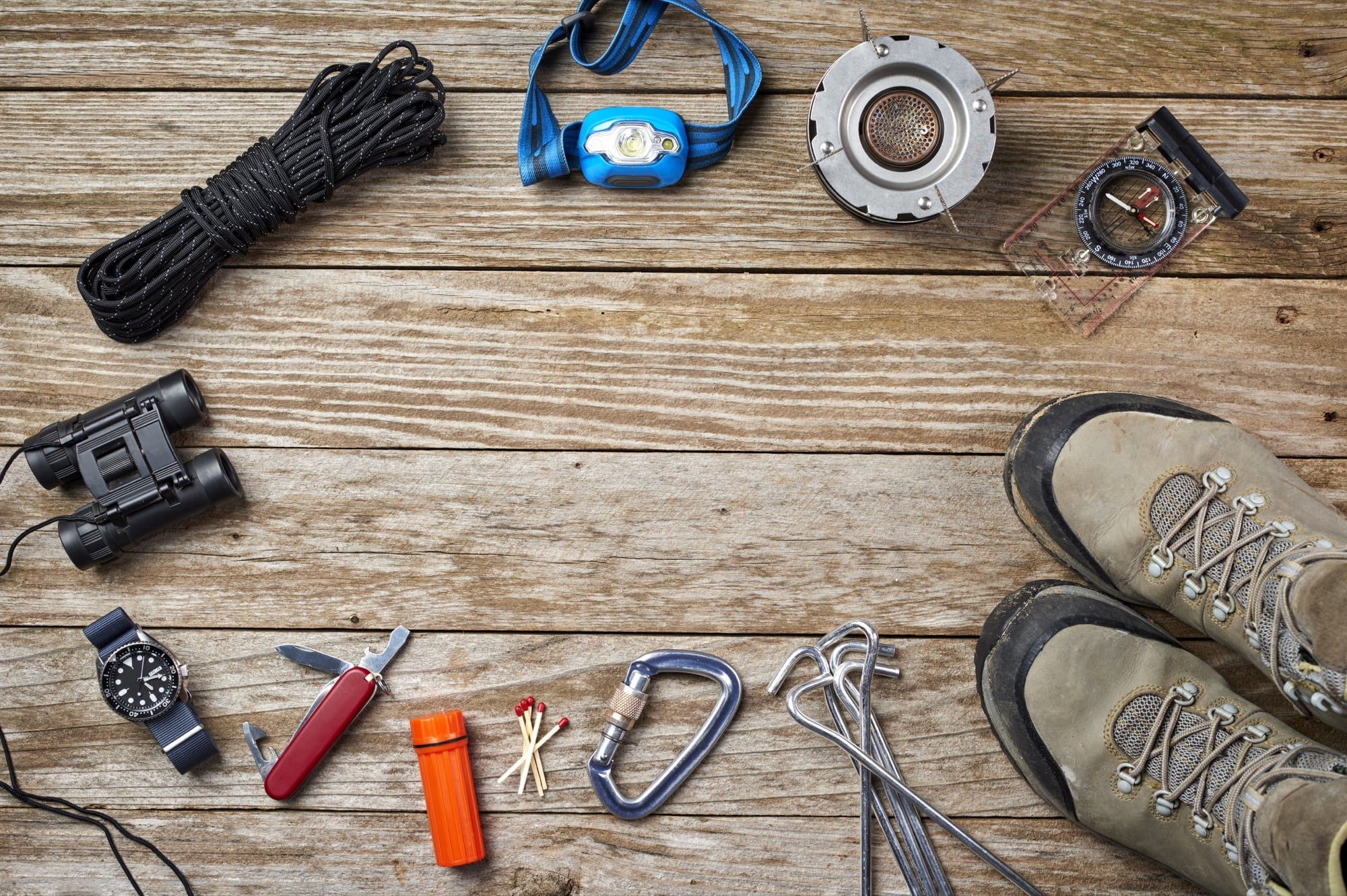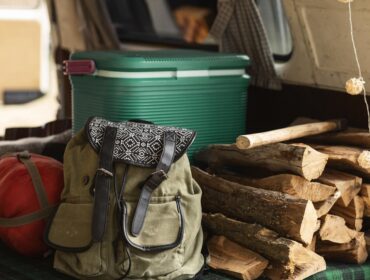 One of the great challenges of life is to decipher the truth from the myth, a task that’s been made even more daunting with the advent of the internet. It seems like there’s no shortage of people who have wisdom to bestow upon you, and you are expected to take that wisdom at face value, rather than challenge its veracity or just simply make up your own mind about it. Myths about the outdoors have proliferated human society since the dawn of time, so we can’t really blame the internet for some of these, but we can blame it for perpetuating nonsense. So with that spirit, we bring you 3 outdoor myths that you can stop believing this instant.
One of the great challenges of life is to decipher the truth from the myth, a task that’s been made even more daunting with the advent of the internet. It seems like there’s no shortage of people who have wisdom to bestow upon you, and you are expected to take that wisdom at face value, rather than challenge its veracity or just simply make up your own mind about it. Myths about the outdoors have proliferated human society since the dawn of time, so we can’t really blame the internet for some of these, but we can blame it for perpetuating nonsense. So with that spirit, we bring you 3 outdoor myths that you can stop believing this instant.
“Daddy long legs are highly venomous spiders; their mouths are just too small to bite.”

Sigh. The poor daddy long legs. There are a substantial number of spiders in the world that should frighten you with their venomous potential, but this long-legged guy just isn’t one of them. In fact, they are in the arachnid class, but are actually not spiders at all. Hailing from the Opiliones order, these creatures, also known as harvestmen, are fundamentally different from spiders in several ways. Firstly, they do not have venom glands in their chelicerae, the mouthparts of arachnids, crabs, and sea spiders. They do not have silk glands and do not build webs. Instead of being the skilled predators spiders are, harvestmen are omnivorous forage feeders of insects and plants, and scavengers of decomposing and fecal material. And lastly, they enjoy and even seek out the company of other harvestmen, something spiders are not typically known to do. So the next time someone warns you about a daddy long legs, you can smile on the inside because you know you’re safe.
“Poison oak/ivy/sumac rash is contagious.”

While the ensuing rash from a brush with poison ivy, oak, or sumac certainly looks terrifying, you’ve no need to worry about contracting it from a hapless victim. To be fair, this myth is mostly incorrect. If someone you know has been in contact with one of these poisonous plants and has not yet washed their skin and clothes, you could be at risk of also being in contact with the plant, because it is the oils, or urushiols, of these plants that cause a rash. Urushiol is an allergen, which triggers an allergic reaction in the form of rash, swelling, blistering, pain, and itching, the severity of which all depends on how much of the plant came into contact with your body — including clothes and objects like tools or cameras. The only defense is to steer clear of any person, their clothing, and things they’ve touched until it all has been thoroughly washed. Only then will you escape the evil clutches of a poisonous plant rash. But the rash itself? It has no more chance of being transferred to another person than a cut on your finger.
“If humans touch wild bird eggs/chicks, they will be abandoned by the parent.”

There are some animals in the wild who are indeed affected by human scent in or near their nesting grounds to the point that they will abandon their own offspring, born or unborn, but birds are not among those who exhibit this behavior. Birds have an extremely poor sense of smell, so you could slather an egg or chick in human scent and it wouldn’t make an ounce of difference. This myth no doubt began as a way to deter good Samaritans from interfering when they see what they perceive to be a crisis, when really it’s just nature at work, teaching the bird to fly. If you find an egg or a nestling on the ground, if they are not physically harmed and you can locate the nest, by all means, put them back in their rightful place. However, if you happen upon a fledgling, who will have significantly more feathers and defined features than a nestling, better to leave it where you find it. Fledglings of many bird species are known to spend time on the ground or in low branches after leaving the nest while they develop their flight skills.
Top image via Valerie Everett




